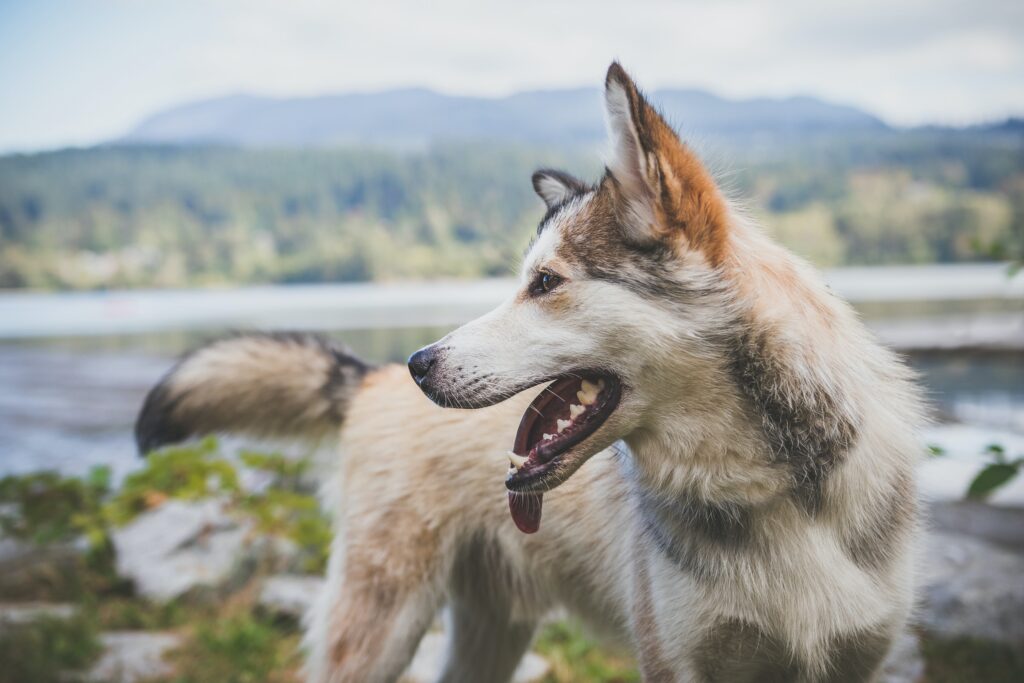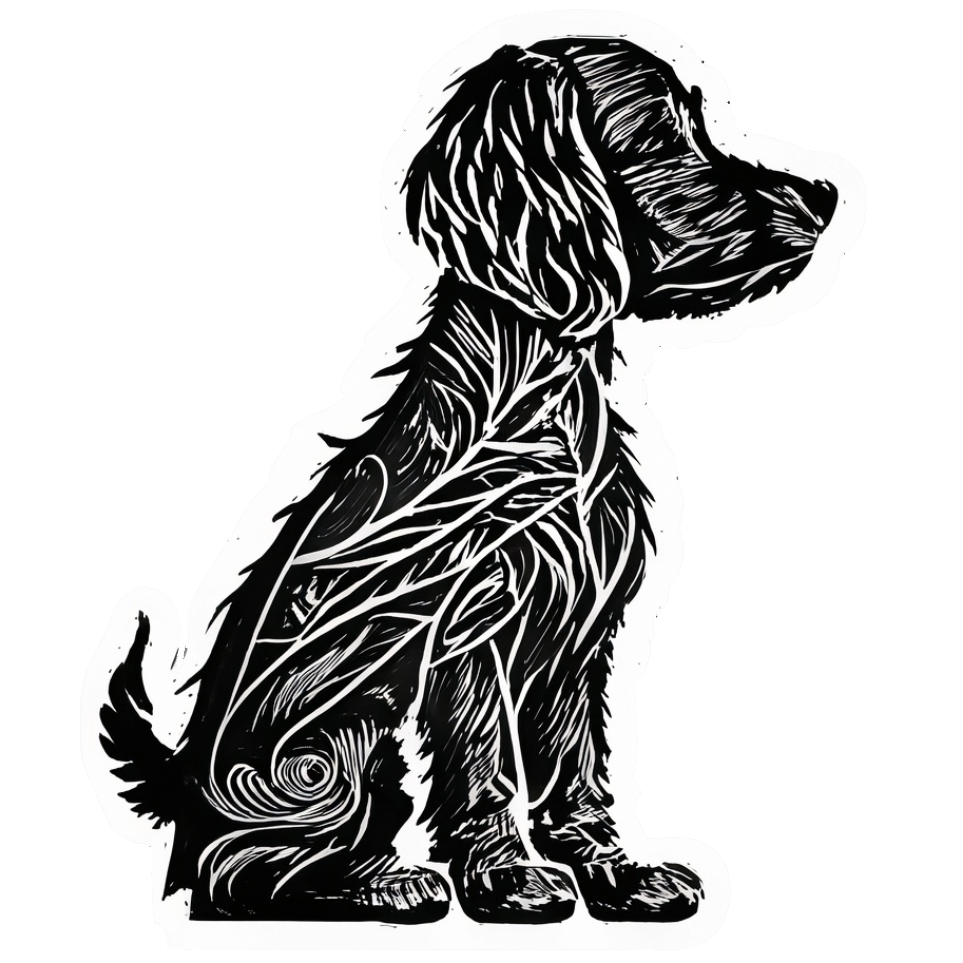A Deep Dive into Canine Anatomy

Dogs, with their vast array of breeds and mixes, display a remarkable range of physical characteristics. Yet, beneath this diversity lies a common anatomical structure that defines the canine species. This article delves into the key physical attributes of dogs, shedding light on both commonalities and distinctions.
Size and Build
- Size Spectrum: Dogs come in a wide range of sizes, from the diminutive Chihuahua weighing just a couple of pounds to the towering Great Dane that can weigh over 150 pounds.
- Body Build: While some breeds are slender and agile, like the Greyhound, others like the Bulldog have a stockier build.
Coat and Color
- Coat Types: Dogs can have short, long, curly, wiry, or even hairless coats. Each coat type requires specific care and grooming.
- Colors and Patterns: The canine color palette is vast, ranging from solid colors to intricate patterns, including brindle, spotted, and merle.
Head and Face
- Muzzle: The length and shape of a dog’s muzzle can vary significantly. Breeds like the Boxer have a short, square muzzle, while the Collie boasts a longer, tapered one.
- Ears: Dog ears can be erect (like the German Shepherd), floppy (like the Basset Hound), or even semi-erect (like the Siberian Husky).
- Eyes: Beyond the common brown, dogs’ eyes can be blue, green, amber, or even two different colors – a condition known as heterochromia.
Sensory Organs
- Nose: A dog’s sense of smell is its most potent sensory organ, with some breeds having up to 300 million olfactory receptors, compared to a human’s 6 million.
- Ears: Dogs have an acute sense of hearing, capable of detecting frequencies ranging from 40 Hz to 60,000 Hz.
- Eyes: While dogs don’t see the world in the same color spectrum as humans, they have a higher number of rod cells, aiding in low-light vision.
Limbs and Movement
- Legs: Depending on the breed, dogs can have sturdy, muscular legs (like the Rottweiler) or slender, delicate ones (like the Italian Greyhound).
- Paws: Dog paws come equipped with thick pads, providing cushioning and insulation. The arrangement of their toes aids in movement, with some breeds even having webbed feet for swimming.
- Tail: Tails can be long, short, curled, or straight. They play a crucial role in communication, balance, and even navigation.
The physical characteristics of dogs are as diverse as their personalities. This diversity, shaped by centuries of evolution and selective breeding, allows them to thrive in various environments and roles, from snowy terrains to urban apartments. As we admire our furry friends, it’s essential to appreciate the intricate anatomy and adaptability that make each dog unique and special.
